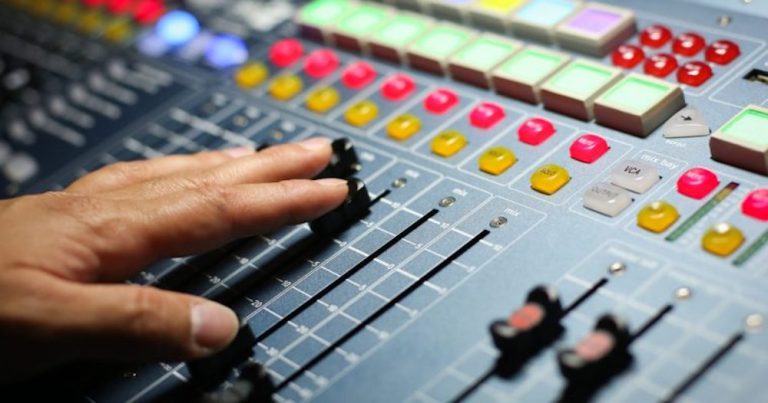
It’s challenging to come up with a more complex case of payments flow than what is found in the music business. Not only are multiple players involved — artists, labels, consumers, online platforms, etc. — but the payments can be tiny but steady, and international.
And that’s to say nothing of the hassles and toil involved in keeping up with cutting-edge digital payment technology as you try to keep up with the cutting edge of pop culture.
Beyond that, the democratization of musical production capabilities may enable more indie musicians to participate in the ecosystem — but it makes paying all those artists quite the challenge, according to Richard Burgess, CEO of A2IM (American Association of Independent Music), in a recent PYMNTS interview. That’s why A2IM and Hyperwallet are working to find a more efficient way to pay out, ensuring that up-and-coming artists get what’s owed them and can make a living (or at least part of one) off their craft.
There is also the work done by administrators like izo, a platform that helps get payments to dancers and musicians, among the company’s other roles. Dan Steinberg, chief financial officer of izo, who has hedge fund and venture capital experience, recently took part in a PYMNTS webinar with Karen Webster to discuss that work in depth, along with the more general rewards of moving from manual payment processes to automated software.
The payment process is complex. “There are hundreds of partners we work [with] in any given month,” Steinberg said. “All the numbers will flow through us, and we parse that out, and determine what the monetary value is,” he said. “Our CMS is like a scoreboard for how much to pay out for each person.”
Getting the right payments to the right people is a never-ending task that is always under development. The music business, given its inherit qualities, offers solid lessons about how to move forward.